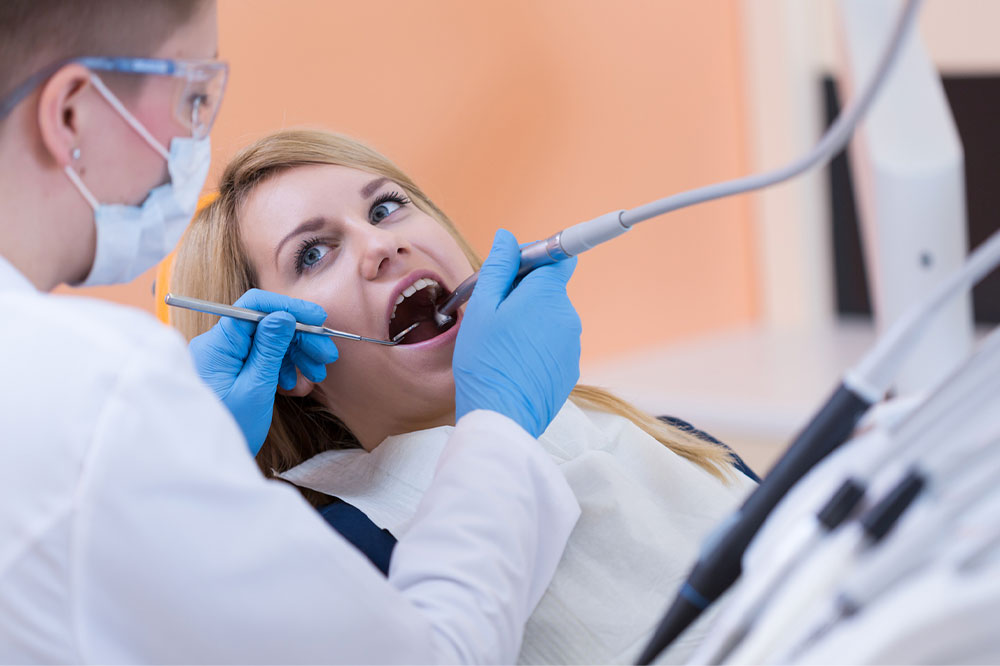
Abscessed tooth – Causes, symptoms, and management remedies
You have an abscessed tooth if your mouth or jaw aches and you experience pain while eating. And if the infection is not treated immediately, it can only worsen and cause more discomfort. This article will guide you with the information to address this dental issue. Besides, you will also learn the symptoms and causes of an abscessed tooth, how to treat and prevent it, and when to visit your dentist.
What exactly is an abscessed tooth, and what causes it?
An abscessed tooth is an infection that can occur at the root of a tooth or in the surrounding gums and tissue. It is caused by bacteria entering the tooth and beginning to spread, which causes inflammation and pain.
What are the symptoms of an abscessed tooth?
An abscessed tooth can cause a lot of discomforts and even pain. Identifying the symptoms of an abscessed tooth is essential so you can seek treatment as soon as possible. Common symptoms associated with an abscessed tooth include:
- Severe pain when chewing or biting down may worsen over time
- Swelling in the face, jaw, or neck
- Pus drainage from the area around the tooth
- Bad taste in the mouth
- Swollen lymph nodes
- Pain when consuming hot or cold foods
- A persistent foul breath odor
If you are experiencing any of these symptoms, it is crucial to seek professional help as soon as possible. Treatment options vary depending on the severity of the abscess, and a dentist can help you determine the best course of action for your particular situation.
How to diagnose an abscessed tooth?
An abscessed tooth is a painful condition that can cause severe damage to your teeth and gums if not treated quickly. Identifying the signs and symptoms of an abscessed tooth is essential to treating it as soon as possible.
- The first step to diagnosing an abscessed tooth is to visit your dentist or dental hygienist. They will visually examine your mouth, looking for signs of infection such as redness, swelling, and pain. Your dentist will also take X-rays of your teeth to detect hidden abscesses that may not be visible from the surface.
- If an abscess is identified, your dentist will likely take a sample of the pus from the affected area to determine the type of infection. For further testing, this sample will be sent to a laboratory.
- By visiting your dentist and getting regular check-ups, you can help diagnose an abscessed tooth early and get the treatment you need before it becomes too severe. Remember, when it comes to oral health, prevention is key.
How is an abscessed tooth treated?
The treatment for an abscessed tooth majorly depends on the severity of the infection and its underlying cause.
- The first step in treating an abscessed tooth is to drain the pus. This can be done through a root canal procedure or an incision in the gum tissue near the affected area. Depending on the cause of the infection, antibiotics may also be prescribed to help clear up the infection. In some cases, a dentist may recommend that the tooth be extracted.
- To prevent future abscesses, good oral hygiene is essential. Brush twice daily with fluoride toothpaste, floss at least once daily, and visit your dentist for regular check-ups and cleanings. If you are prone to developing abscesses, your dentist may also recommend special mouthwashes or antibiotics to help reduce the risk of recurrence.
Home remedies for an abscessed tooth
Dealing with an abscessed tooth can be a painful and intimidating experience. Nonetheless, you can take a few steps to help reduce the pain:
Saltwater rinse
Swish a teaspoon of salt in warm water and use this solution to rinse your mouth several times a day. Doing this will help reduce inflammation and kill any bacteria causing the infection.
Cold compress
Applying a cold compress to the outside of your face can help reduce swelling and ease pain.
Garlic
Eating raw garlic or applying it topically to the affected area can help reduce pain and inflammation.
Clove oil
Clove oil contains a natural analgesic called eugenol that can help reduce the pain caused by an abscessed tooth. Apply a few drops of clove oil directly to the affected area with a cotton swab.




